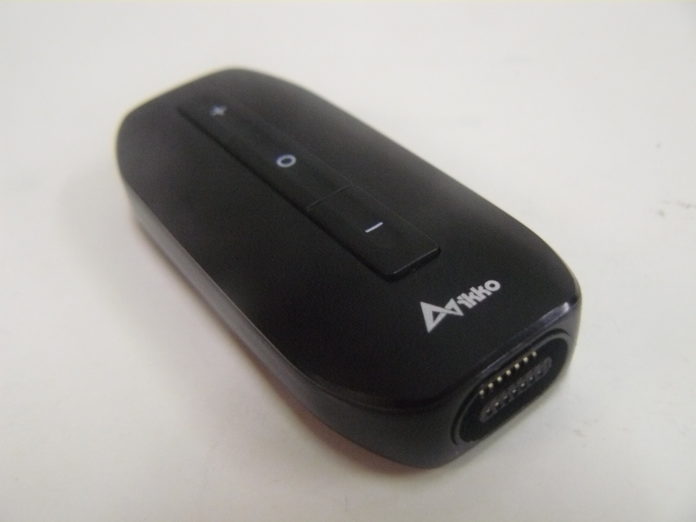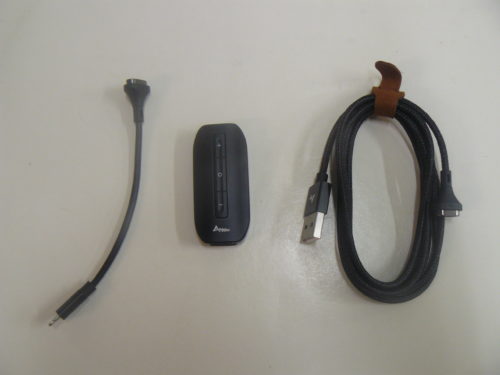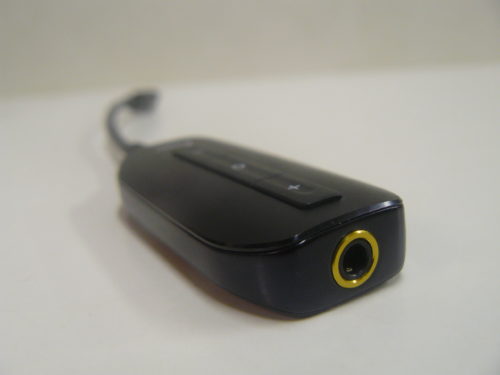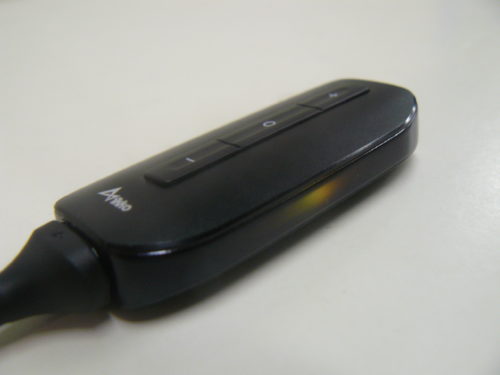There have been a lot of great brands making a name for themselves this year, but none have been as consistent as Ikko. Their IEMs have impressed with their quality and affordability, like with their Obsidian and Meteor models. They’ve also released a few accessories, like portable DAC adapters such as the ITM03 and ITM05. In this review, we’ll be taking a look at one of their most economical options, the Zerda ITM01. This is a DAC adapter that can be used for both Android and iPhone and is unique when set against other DAC adapters around this price range. For $59 is the Zerda ITM01 anything special?
What You Get
- Ikko Zerda ITM01 DAC
- Detachable lightning cable
- Detachable USB cable
Build
Compared to the ITM03, the structure is a bit similar, but up against a vast majority of DAC adapters on the market, this is very unique. Of course, the ITM05 is kind of in a league of its own, so when set up against many of the other common adapters you see, the ITM01 stills stands out. The construction here is very modern, with a longer cable than usual, and a chassis that reminds me of my car keys. Except my kets don’t have an LED light on the side. It’s a solid-looking device, and with the long cable, the Zerda hangs out of your pocket. making its controls more accessible.
Design and Functionality
Part of what makes the cable length ideal is the easy access to the Zerda’s remote. Like a set of earphones with a mic, the ITM01 features a similar design on the front of the device. You get three buttons for play/pause and volume. However, the middle button has another function. Holding down the middle button activates three different modes, yellow for music mode, blue for movie mode, and purple for game mode.
Inside the Zerda is a high-performance ESS9298 DAC that can decode 16bit/384kHZ PCM and DSD. It uses a customized anti-interface magnet thread and adopts ultra-low noise while powering the chip with a high current. Ikko provides a lighting or type c connection for its cable, meaning your strict IOS use will exclusively use lightning. However, if you plan to use the Zerda with a gaming console like the Nintendo Switch, you’re going t want to go with the type c variation.
Sound Quality
There’s a clear difference in sound between all three modes possessed by the Zerda. Though I dabbled with movie and game mode, I mostly stuck with music mode for my listening, as I felt it preserved the most fidelity in my tracks. When testing my IEMs with the ITM01 in movie mode, the sound field was a bit more pushed together, as some of the separation between elements disappeared. I also felt the image was pushed forward a bit, which was great for clearer vocals and grander scale but didn’t feel natural to my selected tracks. It also shows off how powerful the amp is, as in movie mode the amplitude of the overall sound signature is significantly increased.
The game mode was a bit more confusing as an experience. Here, the sounds just feel a lot more congested, lower in amplitude, and with more piercing high frequencies. In standard music mode, my tracks came off as a lot more natural, showcasing sensible width and separation. There’s also more consistent layering, with sound elements featuring a good amount of depth. Although IEMs with more linear stages will see a minimal upgrade, I thought there was a good attempt to bring the layering out more considerably. You can hear the difference on most tracks, especially ones with more simple structures and live instrumentations. The Ikko Obsidian sounded a lot more spacious, and the immersion of the stage was definitely heightened.
One of the most notable factors of the Zerda’s sound signature is its more impactful resonance across a variety of IEMs. The bass is a lot stronger, giving the timbre a good amount of force without being overbearing. This was especially prevalent when using the BQEYZ Summer earphones, which are already plentiful in lows, but this time they were a lot more textured and smooth. Midrange frequencies are also more defined, adding subtle richness and amplification in certain ranges. It helps bring out instruments with a lot more clarity without losing their color. High frequencies were hit or miss in some places, with a sometimes sharp response. The detail is still retrieved well, but the tone can be a bit all over the place, not staying as consistent as the bass or mids.
Summary
The Ikko Zerda ITM01 is a very worthy item to have supplement your on-the-go listening experience. I like the design of it a lot, and it comes packaged with great functionality and a great sense of stability. I’m especially a fan of the magnetic cable, which is the perfect length for ideal usability. The sound is complex but enjoyable, especially if you’re a fan of impactful bass and separation. For the price point, the ITM01 is a suitable item that will definitely enhance your portable headphones or IEMs.
Pros and Cons
Pros
- Build
- Detachable magnetic cable
- Variety of listening modes
- Smooth functionality
- Impactful bass response
- Clear midrange
Cons
- Semi-piercing highs
The Ikko Zerda ITM01 is available at Audio 46.
Compare the ranking of various headphones, earbuds and in-ear monitors using our tools.
Discuss this, and much more, over on our forum.
---MAJORHIFI may receive commissions from retail offers.


















